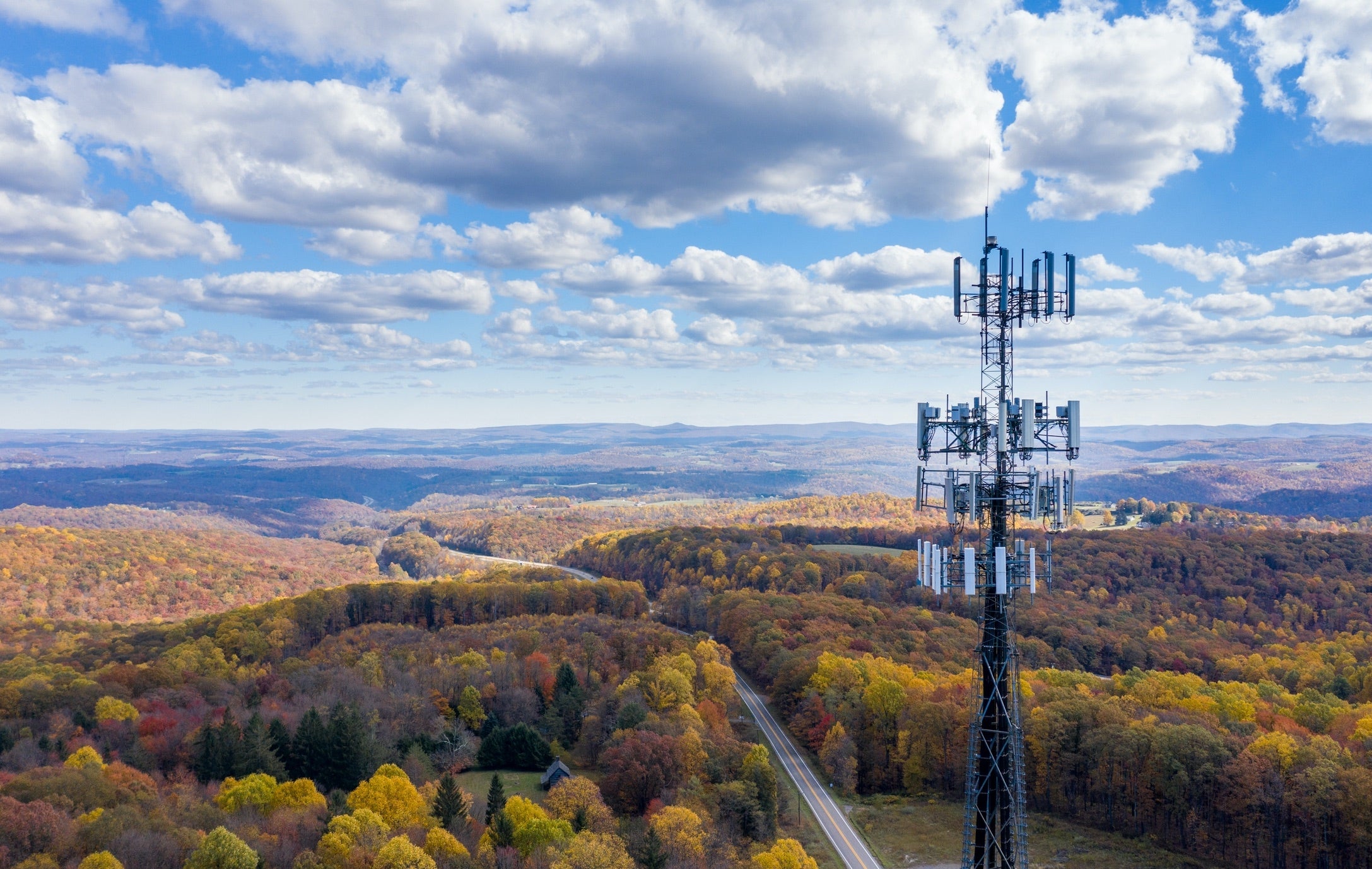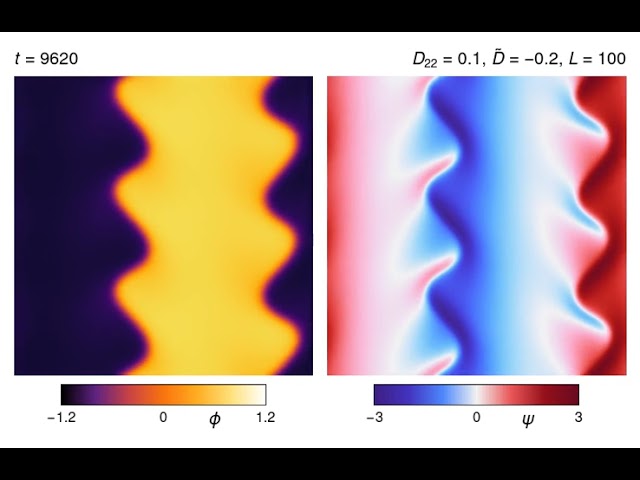What's Current in
Science + Technology
Image
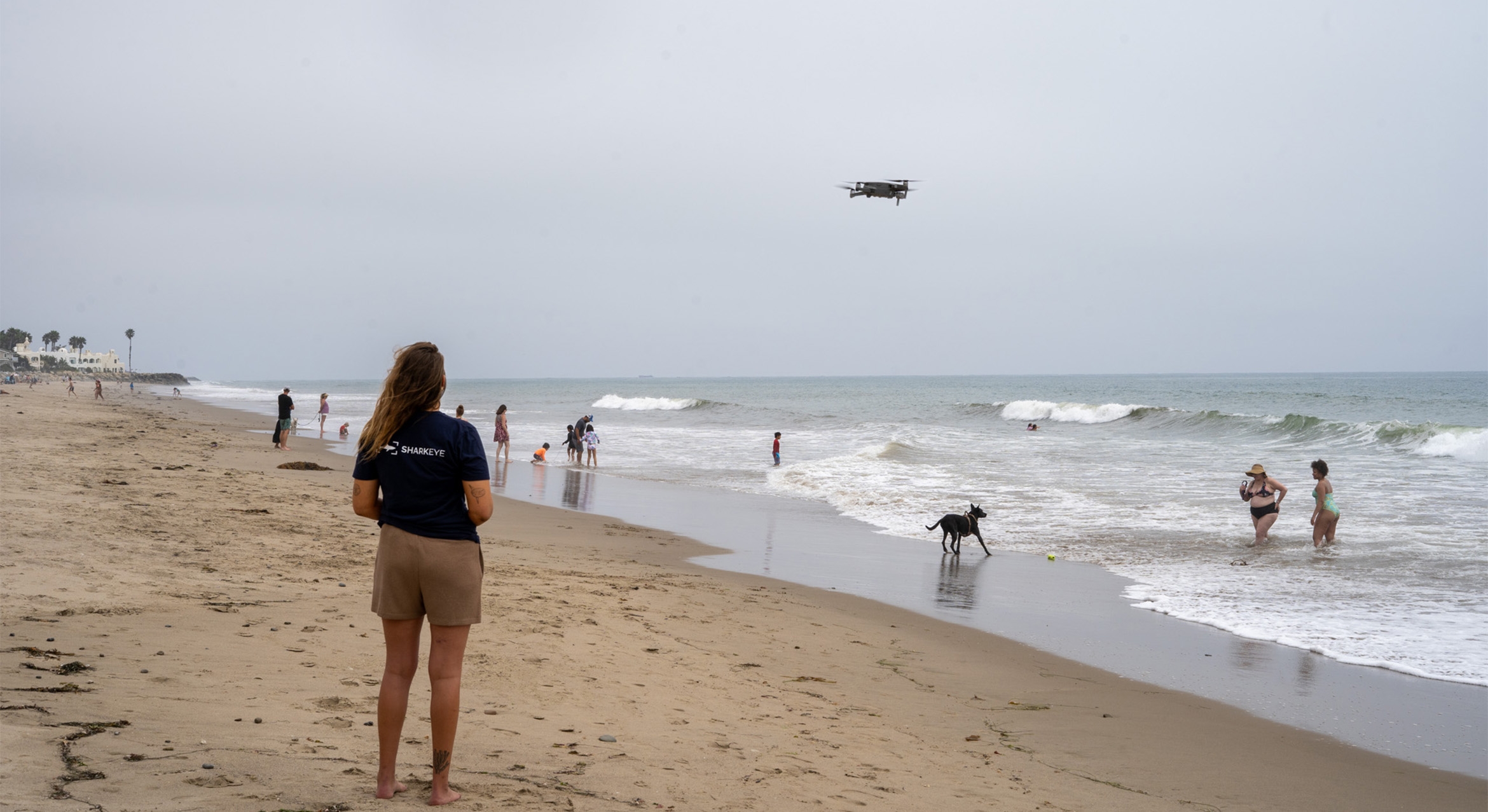
Photo Credit
Neil Nathan
With an eye in the sky, researchers can track white sharks off the coast.
Image
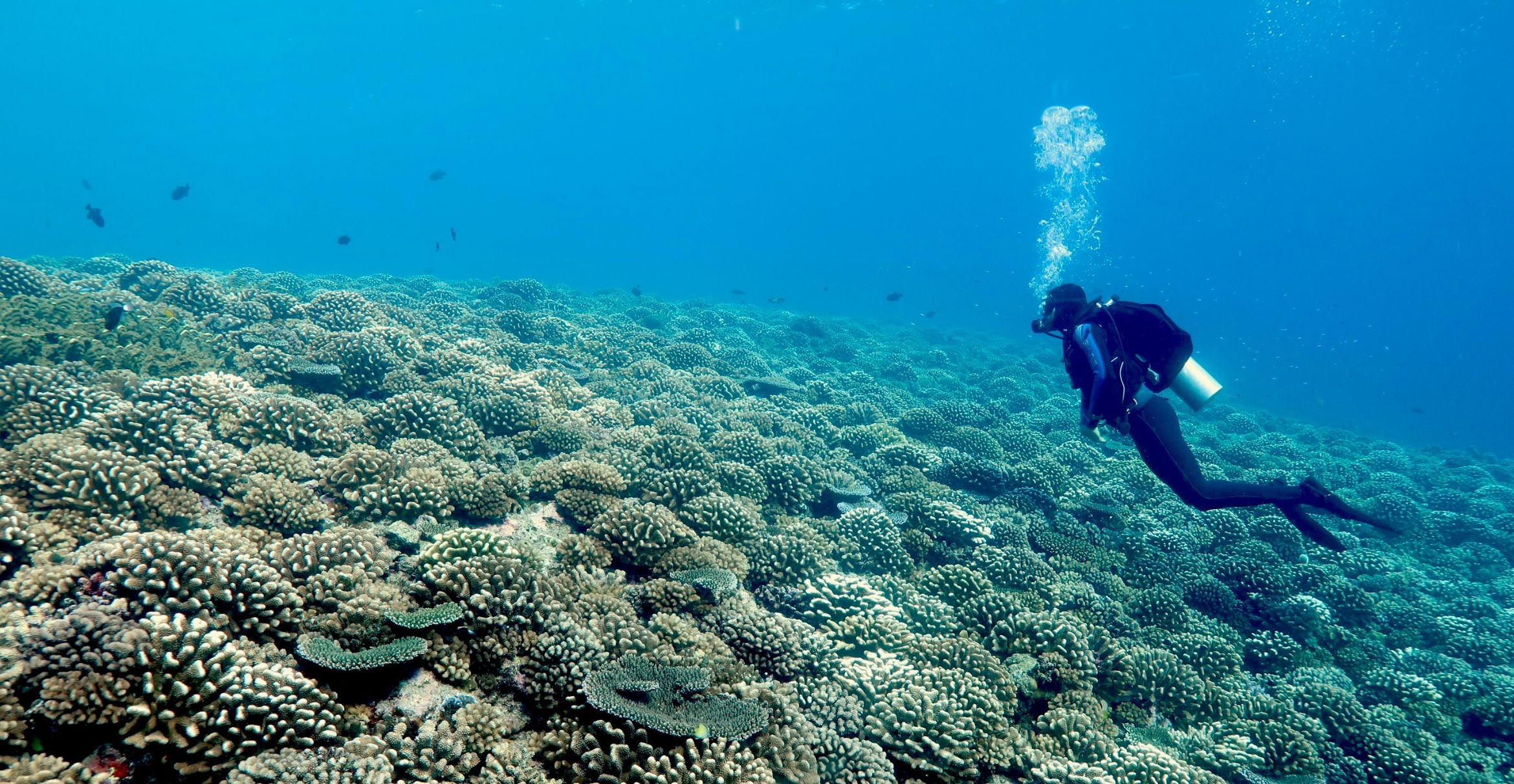
Photo Credit
Andrew Thurber
The structural complexity of a healthy coral reef provides habitat for a diversity of lifeforms.
Image
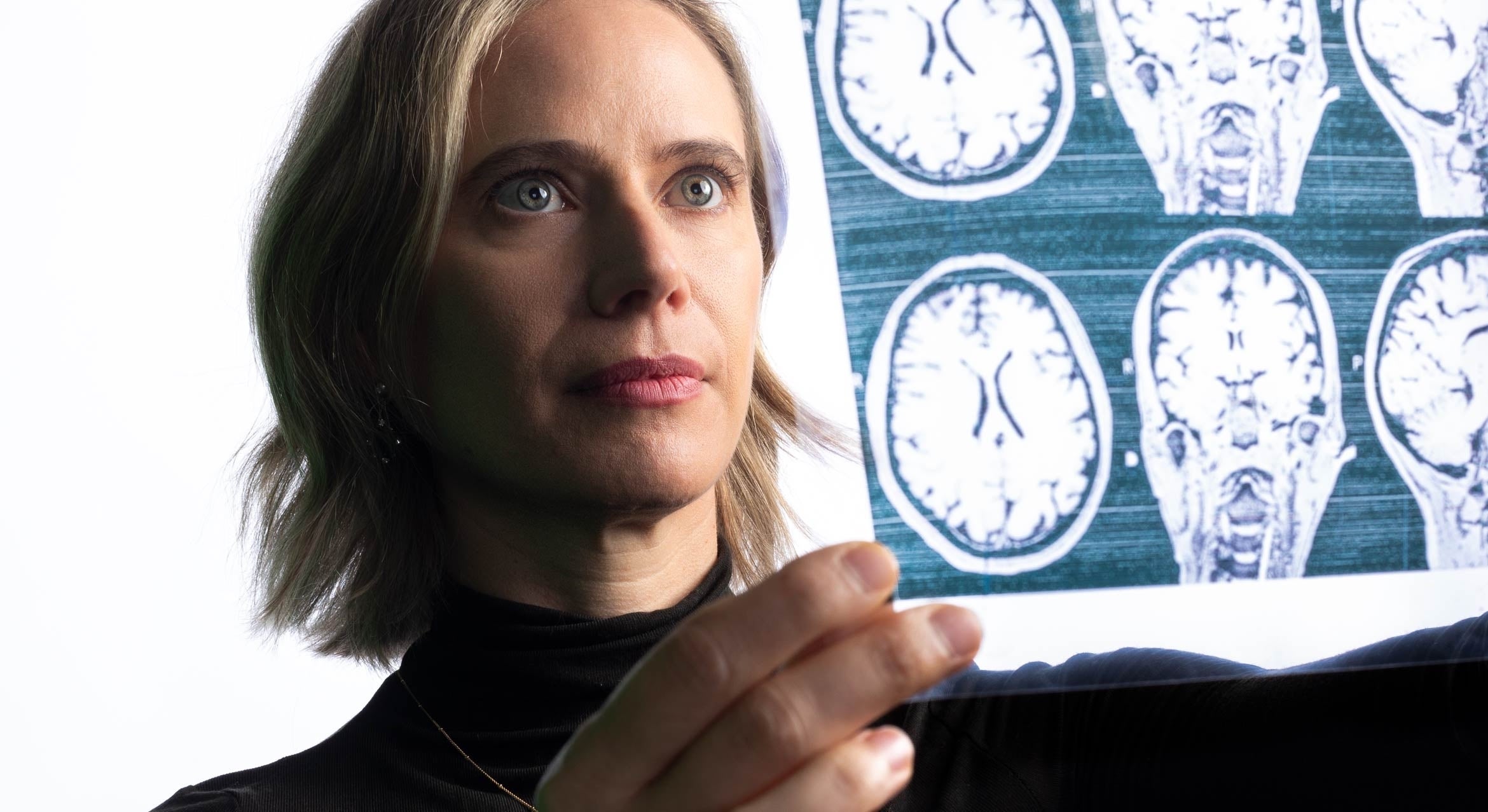
Photo Credit
Matt Perko
Emily Jacobs
Image
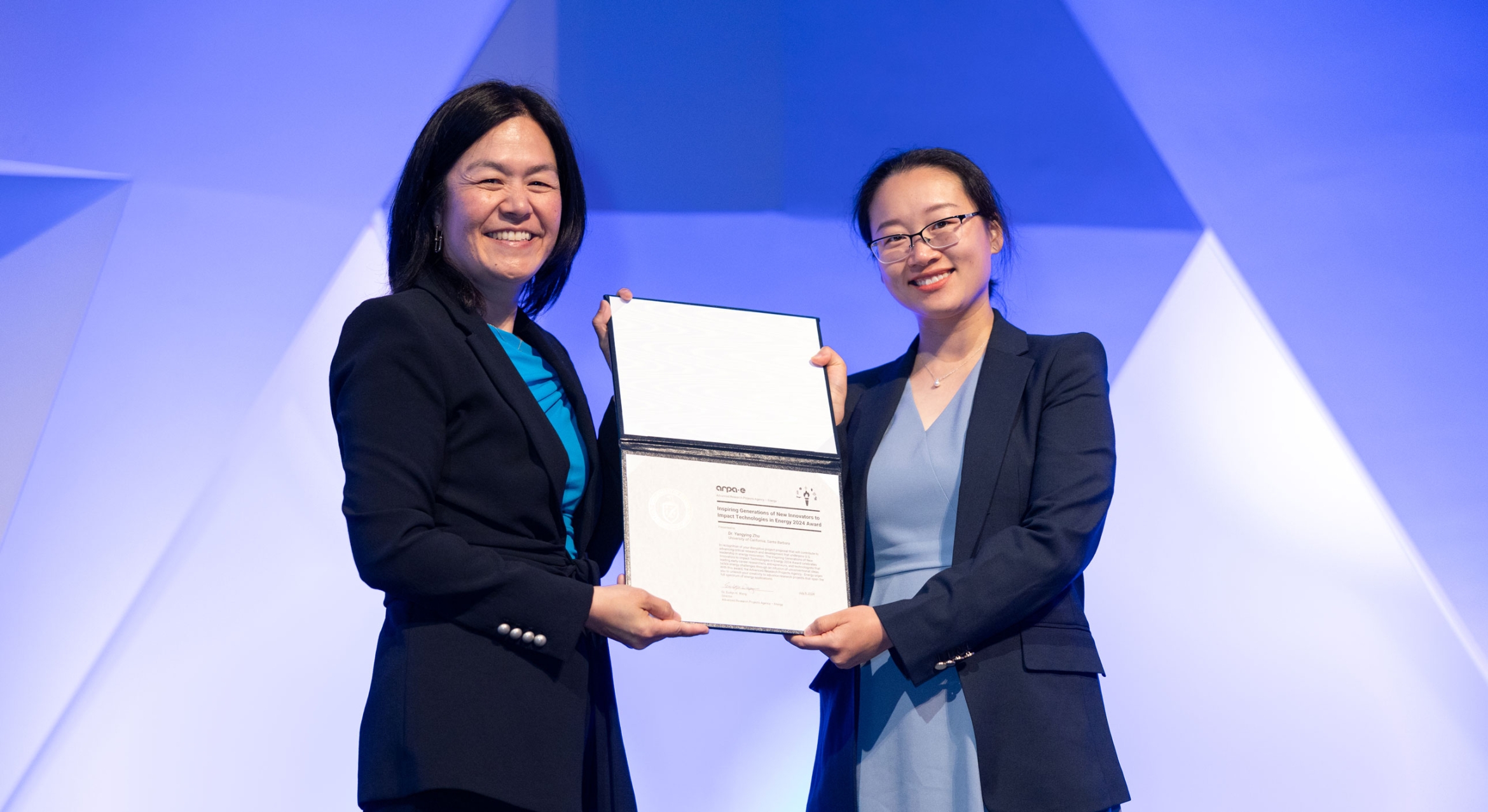
Photo Credit
James Badham
Yangying Zhu (right), assistant professor in the UCSB Mechanical Engineering Department, receives her award certificate from ARPA-E Program Director Dr. Evelyn Wang at the National Academy of Sciences, in Washington, D.C.
Image
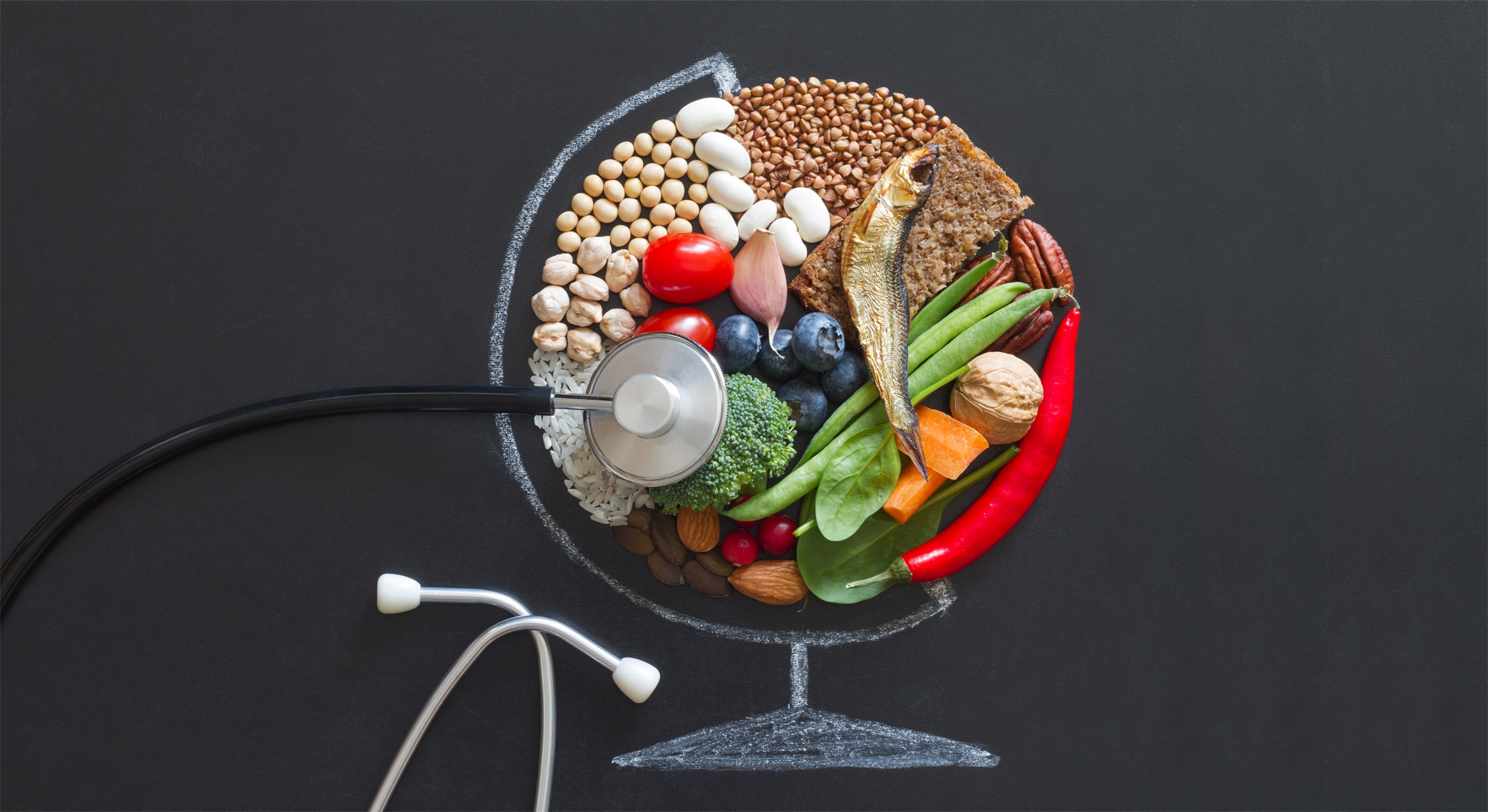
Photo Credit
Udra via iStock
Image
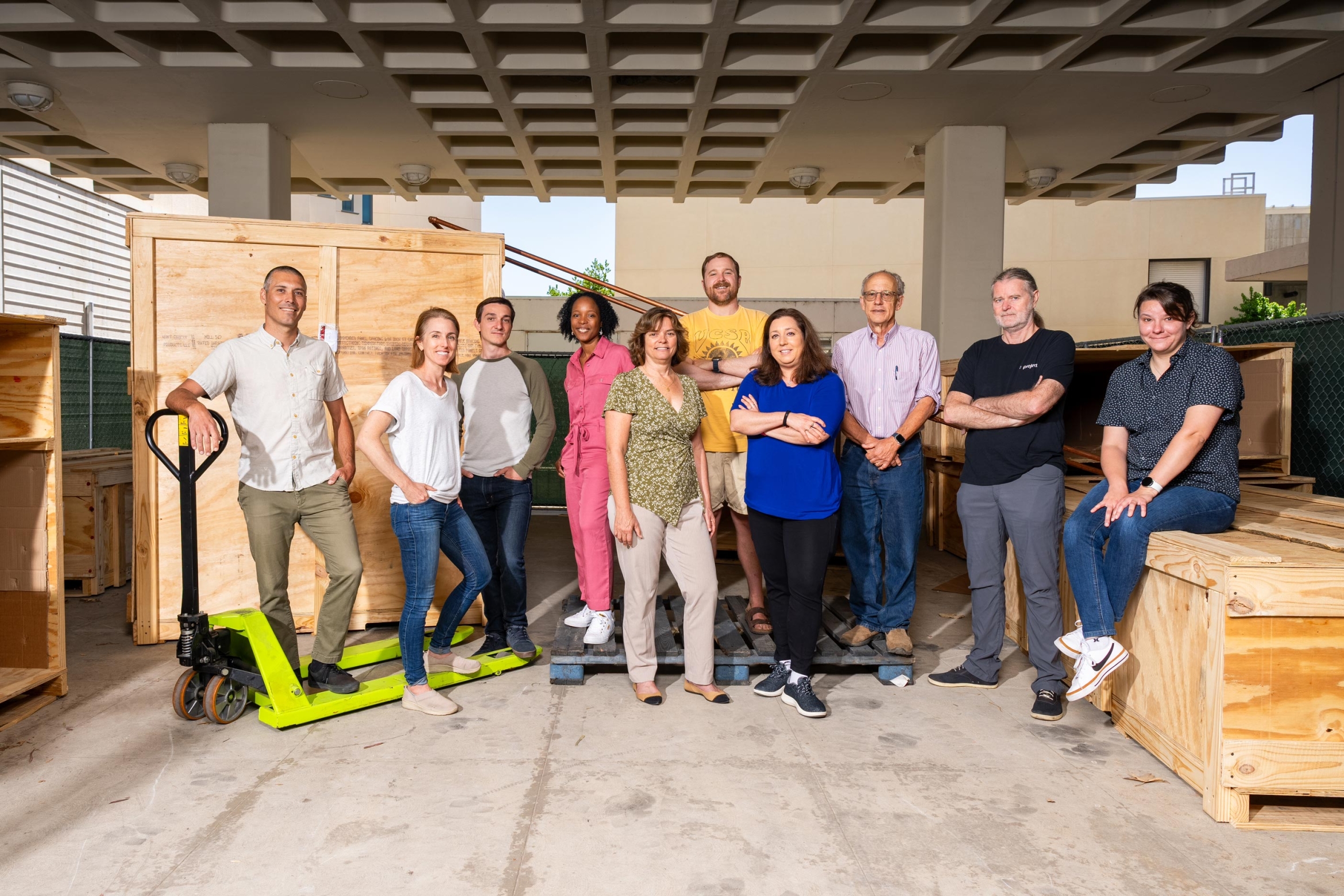
Photo Credit
Jeff Liang
UCSB ExFAB staff and senior participants, from left, Oliver Vining, Elaine Kirschke, Jean-Marie Volland, Nathalie Elisabeth, Sherylle Mills Englander, Max Wilson, Michelle O'Malley, Joel Rothman, Niels Volkmann and Carolyn Mills.


